What Is Spacewalking?
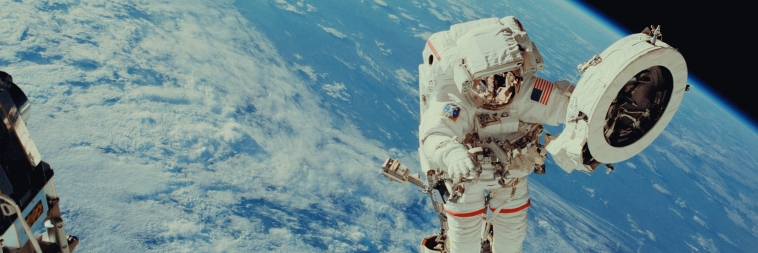
In this comprehensive article, we’ll explore all the facts about spacewalking, unveiling the science, experiences, and future of this monumental feat.
The idea of leaving footprints on the moon or floating weightlessly in the vastness of space inspires awe and wonder. For many, it represents the pinnacle of human achievement, showcasing our boundless curiosity and courage to explore the unknown. But what is spacewalking, and how does one transition from gazing up at the stars to leaping into the void?
What is a Spacewalk?
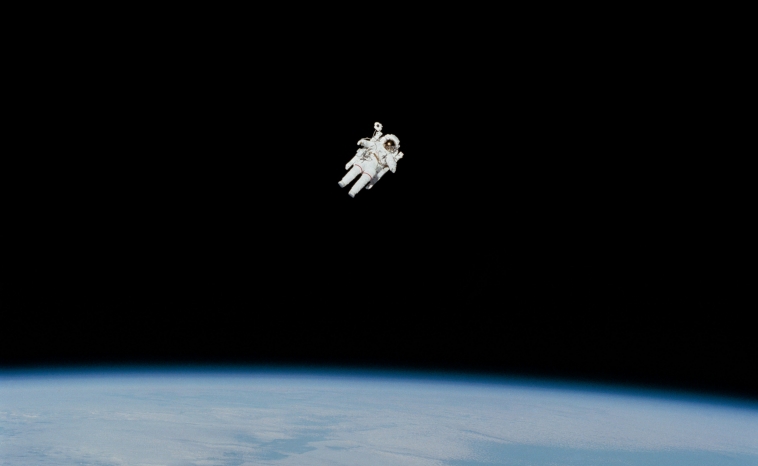
A spacewalk, or, more formally, Extravehicular Activity (EVA) in astronaut lingo, is an operation in which an astronaut exits a spacecraft beyond Earth’s atmosphere to conduct scientific research, repair satellites, or test new equipment while in orbit. This exceptional activity requires meticulous planning, rigorous training, and the most advanced technology to ensure the safety and success of the astronaut venturing into the vacuum of space.
Spacewalks allow astronauts to perform tasks crucial for advancing space exploration and our understanding of the Universe. The first spacewalk was conducted by Russian cosmonaut Alexei Leonov in 1965, marking a significant milestone in space travel history. Since then, astronauts from various countries have performed spacewalks, contributing to essential missions such as the assembly and maintenance of the International Space Station (ISS).
Astronauts often describe the experience of a spacewalk as both exhilarating and challenging. It offers unparalleled views of Earth and a profound sense of our place in the cosmos.
Spacewalking Equipment
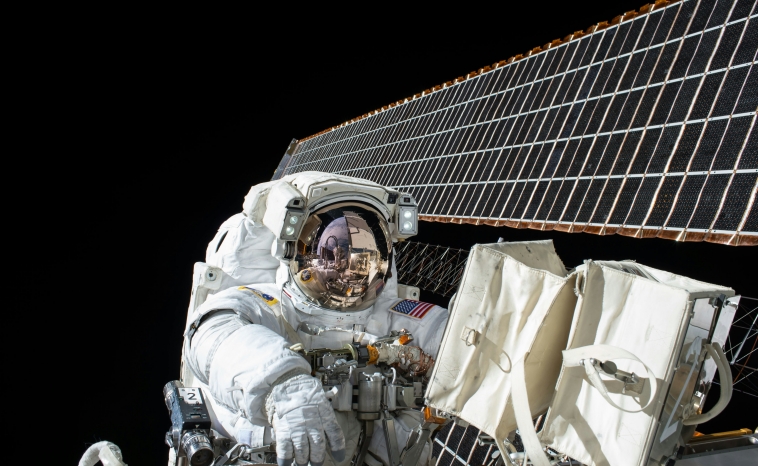
During a spacewalk, astronauts are equipped with a spacesuit designed to protect them from the harsh conditions of space, including extreme temperatures, micrometeoroids, the absence of oxygen, and atmospheric pressure. Essentially, these suits act as personal spacecraft equipped with life-support systems to maintain a habitable environment for the astronaut.
Additionally, astronauts wear a specially designed helmet with a visor that protects their eyes from the intense radiation and glare of the sun. The visors also have built-in cameras and lights to assist with visibility during the spacewalk.
Apart from the spacesuit, astronauts use various tools and equipment specifically designed for use in microgravity environments. This includes tethers to secure themselves to the spacecraft or space station and specialised tools such as drills and wrenches for conducting repairs and maintenance tasks.
The Dangers of Spacewalking
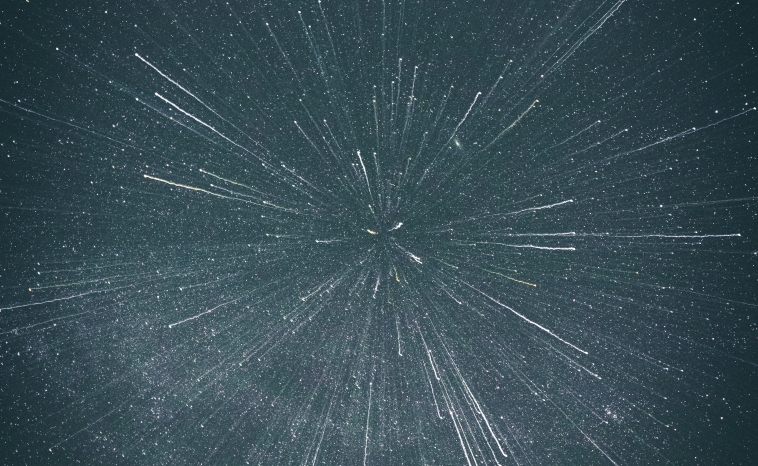
Although spacewalks are crucial for the success of many missions, they also pose significant risks to astronauts. One of the main dangers is the risk of decompression sickness, also known as “the bends”, which occurs when nitrogen bubbles form in the blood due to a rapid decrease in pressure. If not promptly treated, this condition can cause excruciating pain with potentially fatal consequences.
Spacewalks also expose astronauts to the hazards of space radiation, which can damage human cells and increase the risk of cancer. This is why spacesuits are equipped with shielding material to protect astronauts from harmful radiation.
Additionally, spacewalking presents a risk of collisions with space debris, which can travel at high speeds and cause significant damage to both the astronaut and their equipment. To mitigate this risk, ground control technicians continuously monitor astronauts from the ground, and emergency procedures are in place if they detect a potential collision.
Preparing for the Ultimate Leap
Before stepping out of a spacecraft, astronauts undergo extensive training and preparation. They must learn how to operate their spacesuits, navigate in microgravity, and perform tasks while wearing bulky protective gear. They also practice emergency procedures in case of malfunctions or accidents.
The stringent training that astronauts undergo to become spacewalkers is extensive. It involves simulations performed underwater to replicate the sensation of microgravity and in special facilities that mimic the harsh conditions of space. But it’s not just the body that needs conditioning; spacewalkers must also prepare mentally for the isolation and the unforgiving environment of space.
The History of Spacewalking
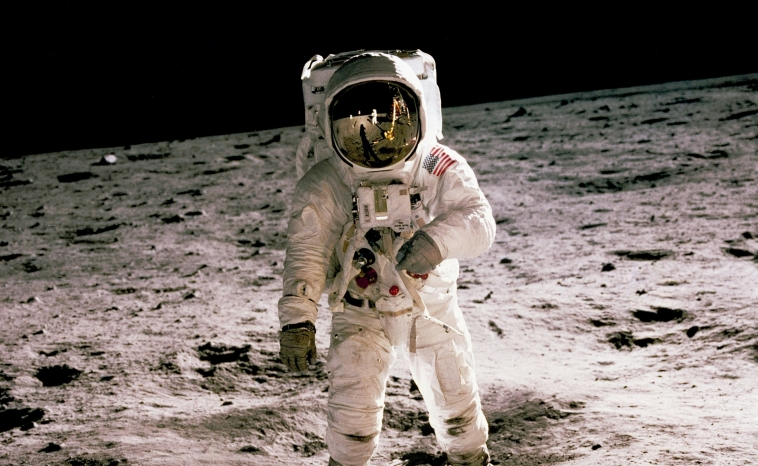
The first EVA occurred on March 18, 1965, when Soviet cosmonaut Alexei Leonov stepped out of the Voskhod 2 spacecraft. This daring event lasted just 12 minutes, but its impact was profound. The primal fear and exhilaration of venturing into the vacuum of space shifted paradigms, illustrating that the challenge of space could be met – and overcome – through human ingenuity and resolve.
Alexei Leonov’s historic stroll was followed by many pivotal moments, including the first American spacewalk by Edward H. White II and the first untethered spacewalk by Bruce McCandless II. Other famous EVAs include the Apollo 11 moonwalk in 1969, where Neil Armstrong and Buzz Aldrin made history by becoming the first humans to set foot on another celestial body. In recent years, spacewalking has become routine for astronauts aboard the International Space Station, with hundreds of EVAs conducted to maintain and upgrade the orbiting laboratory.
The Future of Spacewalking
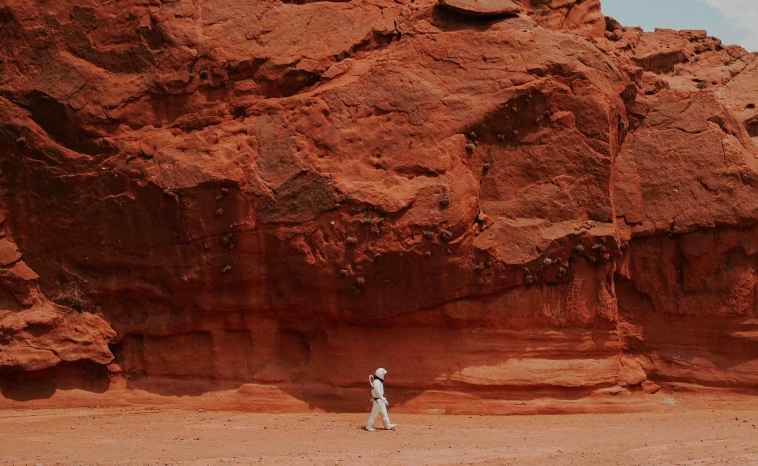
In the future, spacewalks will continue to play a critical role in furthering our understanding and exploration of space. With plans for human missions to Mars and beyond, astronauts will need to rely on the skills and technology developed through decades of spacewalking experience.
One proposed solution to reduce the risks associated with spacewalks is the development of robotic spacewalkers. These remote-controlled robots could perform tasks outside of spacecraft or habitats, reducing the need for human EVAs and eliminating some of the dangers involved.
The Ethics of EVAs
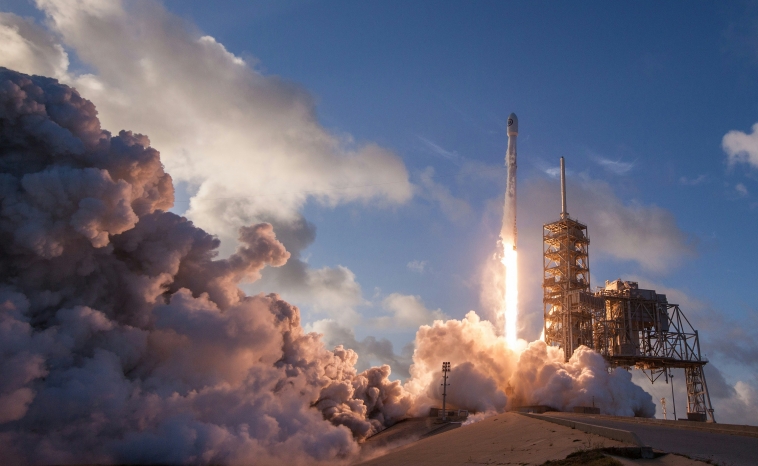
The ethical considerations surrounding spacewalks stem from the inherent risks and cost implications. Space agencies must balance the aspirational goals of space exploration against the duty of care for astronaut safety and the responsible use of funding.
The planning for every spacewalk is meticulous, but the unpredictable nature of space can introduce risks that challenge our moral obligations to protect human life. Furthermore, the environmental impact of human activities in space, including debris generation, prompts a dialogue on our responsibility towards preserving the cosmic environment. These ethical quandaries demand a thoughtful approach to space exploration, prioritising safety, sustainability, and the advancement of scientific knowledge.
One Million Stars

Spacewalking has captured the public imagination like few other feats, inspiring art, literature, and cinema. It embodies the human quest for knowledge and adventure, reminding us of our collective dream to reach beyond our terrestrial boundaries.
While popping out for a spacewalk might be beyond us right now, you can explore the cosmos from the comfort of your own home with the OSR’s One Million Stars app. Immerse yourself in a virtual universe where you can travel among the stars and experience the vastness of space firsthand!

